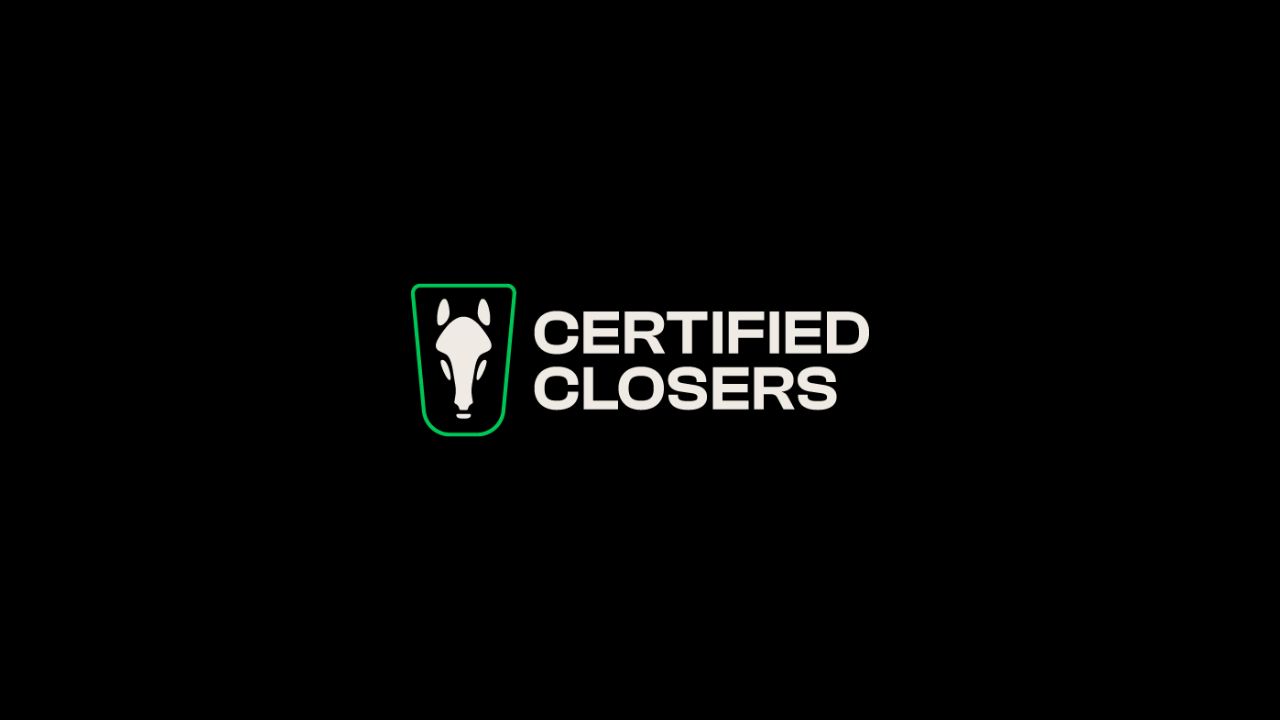Konstantinos Stylianou is an assistant professor at the University of Leeds School of Law, and a visiting scientist at the Brown University Department of Computer Science.
Shortly after Bitcoin SV was delisted from Binance, CoinDesk advisor Michael Casey published an insightful op-ed discussing whether the delisting amounted to censorship (it doesn’t), whether exchanges should be held to high standards of neutrality (they should) and whether regulation is necessary to achieve this result (it is).
The idea is that because major exchanges play such a crucial role in the industry (Casey claims that “[t]hey are the cryptocurrency industry) they should not be allowed to arbitrarily discriminate between crypto assets — rather they should be regulated to operate as neutral platforms.
But ask any regulation expert and they will tell you that, absent Goldilocks conditions (hold that thought), neutrality is neither the natural state of markets, nor the natural instinct of regulators.
If that’s the case, regulation of the kind that would have saved Bitcoin SV and of the kind Casey advocates for – while possible – might not quite be around the corner.
Neutrality is rare and regulation even rarer
That neutrality is not the natural state of markets, we’ve known for a while.
It is hard to notice when there is an abundance of choice and people get what they want, but when there is too little of something, the owner of that bottleneck resource often becomes partial and does not treat everyone the same.
When the first telephone networks were rolled out, they suppressed devices and services from competitors and even arbitrarily refused call service. Microsoft saw Netscape as a threat and sabotaged it. Apple and AT&T similarly blocked Skype in the early days of the iPhone. There are countless other examples of platforms disfavoring complements or customers.
Were regulators called in to save the day in all these cases? They were indeed. Telephone networks were designated as common carriers, which came with the obligation to provide non-discriminatory service; Microsoft was forced by antitrust regulators to abandon the practices that squeezed Netscape out of the market; and Apple and AT&T dropped their restrictions against Skype after the Federal Communications Commission threatened them with net neutrality action.
It may seem that regulation came to the rescue whenever necessary to restore neutrality. But the truth is that despite occasional corrections, neutrality still remains the exception in the market and in regulatory action.
Part of the reason is that the law actually acknowledges that non-neutrality is not all that bad. The ability to deviate from uniform practice is what allows companies to differentiate themselves in the market. Not all grocery stores carry the same products, neither do they all place them in the exact same shelf, and this helps consumers and producers address diversified needs.
Even extreme differentiation, like exclusive agreements that make a business proposition unique in the market, can be good. For example, Nintendo’s exclusive console agreements helped bootstrap an entire industry by tying popular games to Nintendo’s consoles thereby increasing competition.
It is not that this kind of discriminatory practices have no downsides. Far from it. But it is also a standard assumption in modern market-driven economies is that regulation distorts markets too, and therefore, the enactment of rules requires proof that, left alone, the market would perform demonstrably worse.
In the mind of a regulator
To decide whether Binance, or any exchange for that matter, should be neutral and not discriminate against crypto assets (be it cryptocurrencies, crypto derivatives or other), regulators would consider a number of factors.
Power
The most decisive factor to regulate is sustained monopoly power or dominance in the market.
Regulators usually impose neutrality on platforms because users and/or complements (read: cryptocurrencies) can’t or realistically won’t turn to alternative platforms, which would allow the dominant platform to exploit them.
If Binance were a monopoly exchange, then delisting a cryptocurrency would result in driving it out of the market. Or, if the cost of switching from Binance to another exchange was prohibitively high, then, similarly, Binance users and listed cryptocurrencies would be trapped by Binance’s choices.
But neither of those conditions are true here. There are numerous exchanges on which Bitcoin SV can be traded, and signing up with Binance does not preclude users from trading on other exchanges too. In other words, both Bitcoin SV and users multi-home.
In that sense, Bitcoin SV is not in the same position as companies listed on NYSE or Nasdaq, because by and large, companies are listed on only one exchange, and delisting them would mean that they cease to be publicly traded.
Harm and market distortion
Regardless of power, would decisions such as Binance’s delisting of Bitcoin SV undermine important public interest goals such as market stability and efficiency, consumer and investor protection, and capital formation?
Regulation is more likely if the problematic conduct threatens harm to public interest goals, is frequent, and has long-lasting effects without second-best alternatives being able to contain them.
At the moment, the picture is still fluid. For one thing, regulators still grapple with the question of whether crypto assets even form part of financial markets. If they do not, then there would be no legal basis to subject exchanges to financial regulation.
Assuming that they do, the frequency of the problematic conduct matters too. Crypto delisting is not unheard of but it is not exactly common either. There is no exact formula to calculate a threshold. In the case of network neutrality rules, fewer than five instances were enough to set the regulatory process in motion, whereas for privacy, numerous and repeated instances by tech giants have not resulted in regulation yet.
We also don’t know the extent of the harm of delisting. When the trading of conventional securities is suspended, they effectively disappear from the market, perhaps permanently. On the other hand, despite Bitcoin SV’s delisting from Binance, it still traded on another seven exchanges.
To be sure, Bitcoin SV’s price suffered significantly upon the announcement of the delisting on April 15 (from $73 on April 14 to $55 on April 15), and the effects to its medium-long term liquidity and reputation are yet to be accounted for (likely bleak).
This, in turn, can have severe consequences for investors’ financial situation.
But regulation is concerned with broad effects, not individual actors. The key lies less in the fate of Bitcoin SV specifically, and more in the effect of the practice of delisting in the overall stability of the market. It is a very different situation if delisting is regarded as a normal business practice whose risk is acceptably assumed by investors, and if delisting is regarded as serving no other purpose but to manipulate the market or to defraud investors. Only the latter could invite regulation.
Information inadequacies
The market can only work efficiently if all parties are sufficiently well informed to evaluate their options.
If investors had perfect information, then their reactions to Bitcoin SV’s delisting would reflect their up-to-date assessment, and there would be no need for regulation to protect them from anything. Any price, reputation and liquidity fluctuations would correspond to investors’ full and accurate beliefs and manipulation by Binance would be impossible.
This is clearly not the case here or in any other market. Perfect information is one of the most unrealistic assumptions of neoclassical economics in modern economies.
But the obvious solution to information inadequacies is more information and more transparency, not neutrality. The difference is that transparency enables actors to make a (presumably better) choice, whereas neutrality is a choice itself: it mandates a specific treatment (i.e. non-discrimination).
Regulators would normally want to start with the least onerous measure (transparency). If it is not effective, they can escalate to neutrality. If still ineffective, they may even dictate the rules of listing and delisting themselves.
Unequal bargaining power and anticompetitive conduct
The main idea behind non-regulated competitive markets is that actors behave well because market forces discipline them. If, however, the competitive forces exercised by competitors (other exchanges), complements (cryptoassets) or customers (investors) are weak, market players (exchanges) are unconstrained to act in ways that harm others.
Think about how much more difficult it would be for an exchange to delist Bitcoin with its much higher market capitalization, velocity and liquidity compared to Bitcoin SV.
Evidently, Bitcoin is more valuable to exchanges and therefore the constraints around how exchanges treat it are tighter. In reality, the majority of cryptocurrencies are nowhere near as important as Bitcoin, and the fact that they are not backed by unified institutional actors further diminishes their bargaining power.
Large investors could have a similar constraining effect, since exchanges would not want to lose investors who can generate large volumes.
For this to work it would mean that cryptocurrency ownership is concentrated in large investors (there is evidence in that direction, for example 42 percent of Bitcoin is owned by the top 0.01 of addresses), but also that these investors are actually active and that churn is high or at least plausible.
Politics, politics, politics
The factors listed above leave out one important aspect of regulation: the fact that, ultimately, it is a political game, not an academic exercise. If politics favor regulation then that’s the most likely outcome regardless of how the factors listed above weigh in. We even have a fancy name for it: New Institutionalism.
As a function of the executive branch, regulation is subject to political pressure and revolves around interest groups. Nascent immature markets, such as that of cryptoassets, are usually captured by the interests of the existing regulatory authority and those of the public.
They are captured by the existing authority (in the US, this is the SEC) because they are already in the game and by extending their reach they justify their existence. Widened reach and heightened activity entitles them to more funding and higher rating. Just look at how everyone speaks of the European Commission as the global antitrust and privacy enforcer after having gone after Google and the like.
Nascent markets are also more likely to be regulated in the name of the public interest both because people are generally more vulnerable in new market contexts, and because industry interests have not developed lobbying capacity yet. This leaves the field clear to side with the public which is generally seen as the weaker side.
A few industry associations are already present in blockchain markets (EEA, PTDL, ISDA) but none seems to represent the collective interests of exchanges. On the contrary, regulatory interest and grassroots support for crypto assets seem stronger.
In the end, it is usually not a question of whether a market segment will be regulated or not; rather a question of how it will be regulated.
Coin in vice via Shutterstock

 News6 years ago
News6 years ago
 News6 years ago
News6 years ago
 News6 years ago
News6 years ago
 News6 years ago
News6 years ago
 News5 years ago
News5 years ago
 News6 years ago
News6 years ago
 News6 years ago
News6 years ago
 News5 years ago
News5 years ago




